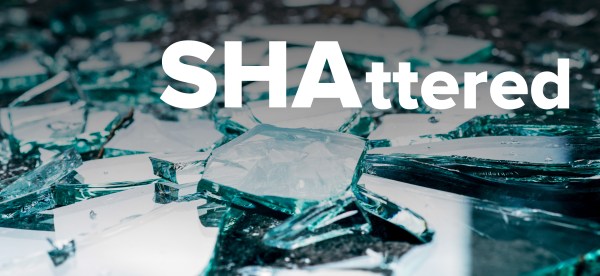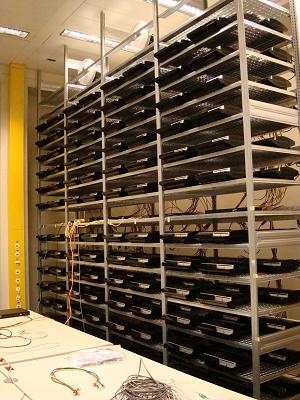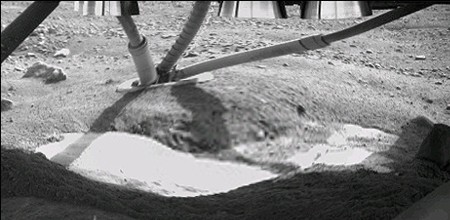A team from Google and CWI Amsterdam just announced it: they produced the first SHA-1 hash collision. The attack required over 9,223,372,036,854,775,808 SHA-1 computations, the equivalent processing power as 6,500 years of single-CPU computations and 110 years of single-GPU computations. While this may seem overwhelming, this is a practical attack if you are, lets say, a state-sponsored attacker. Or if you control a large enough botnet. Or if you are just able to spend some serious money on cloud computing. It’s doable. Make no mistake, this is not a brute-force attack, that would take around 12,000,000 single-GPU years to complete.
SHA-1 is a 160bit standard cryptographic hash function that is used for digital signatures and file integrity verification in a wide range of applications, such as digital certificates, PGP/GPG signatures, software updates, backup systems and so forth. It was, a long time ago, proposed as a safe alternative to MD5, known to be faulty since 1996. In 2004 it was shown that MD5 is not collision-resistant and not suitable for applications like SSL certificates or digital signatures. In 2008, a team of researchers demonstrated how to break SSL based on MD5, using 200 Playstations 3.
Early since 2005 theoretical attacks against SHA-1 were known. In 2015 an attack on full SHA-1 was demonstrated (baptized the SHAppening). While this did not directly translate into a collision on the full SHA-1 hash function due to some technical aspects, it undermined the security claims for SHA-1. With this new attack, dubbed SHAttered, the team demonstrated a practical attack on the SHA-1 algorithm, producing two different PDF files with the same checksum.
The full working code will be released in three months, following Google’s vulnerability disclosure policy, and it will allow anyone to create a pair of PDFs that hash to the same SHA-1 sum given two distinct images and some, not yet specified, pre-conditions.
For now, recommendations are to start using SHA-256 or SHA-3 on your software. Chrome browser already warns if a website has SHA-1 certificate, Firefox and the rest of the browsers will surely follow. Meanwhile, as always, tougher times are ahead for legacy systems and IoT like devices.













